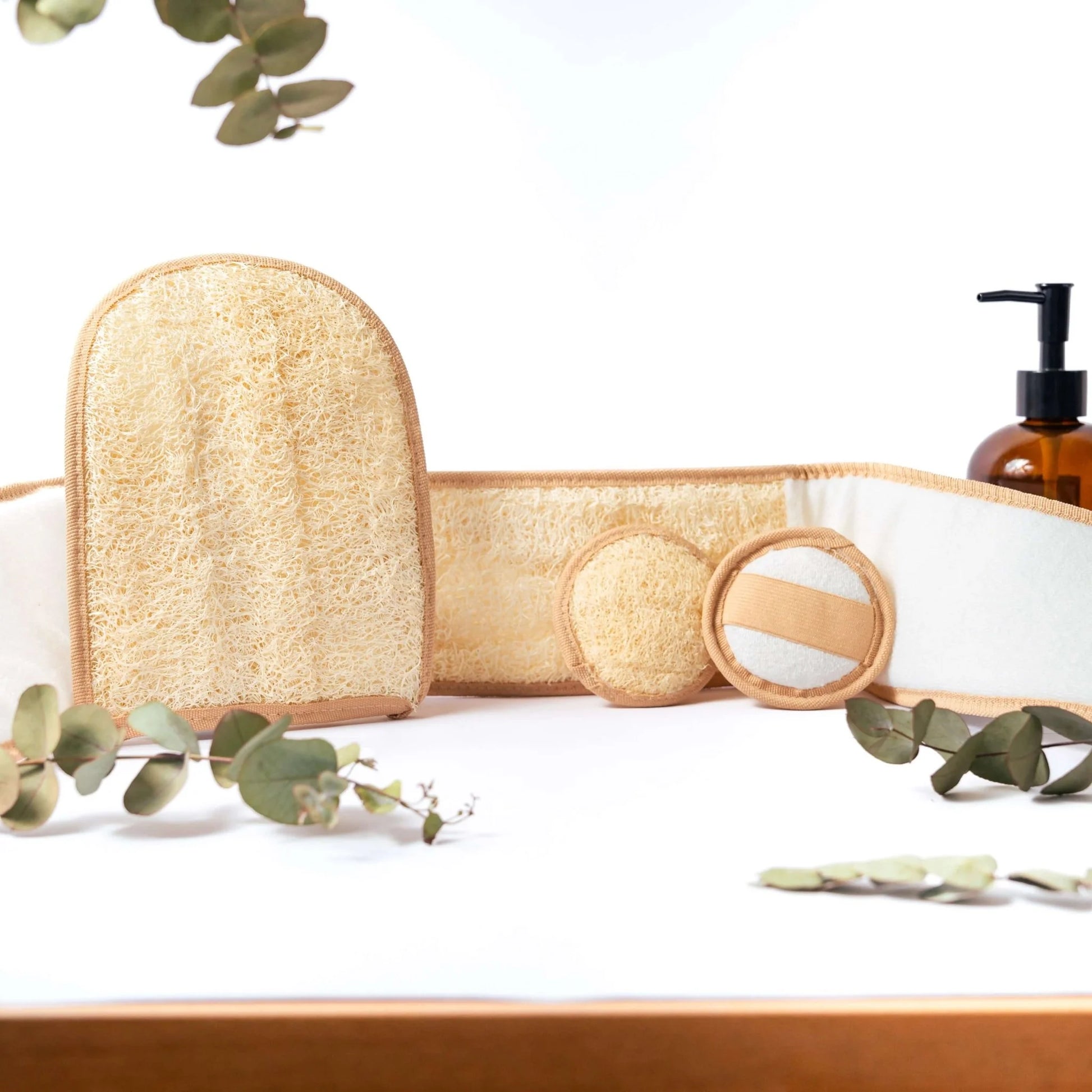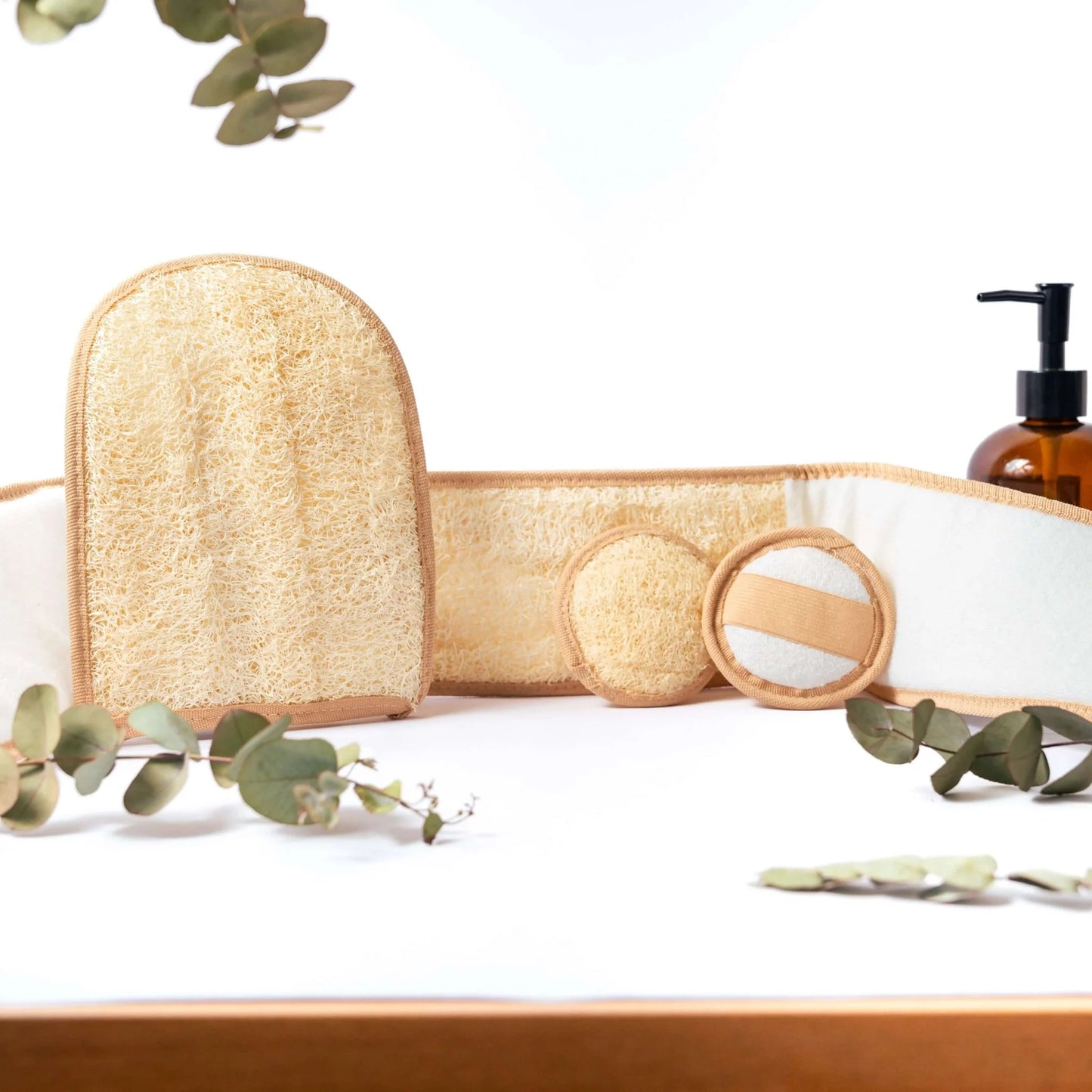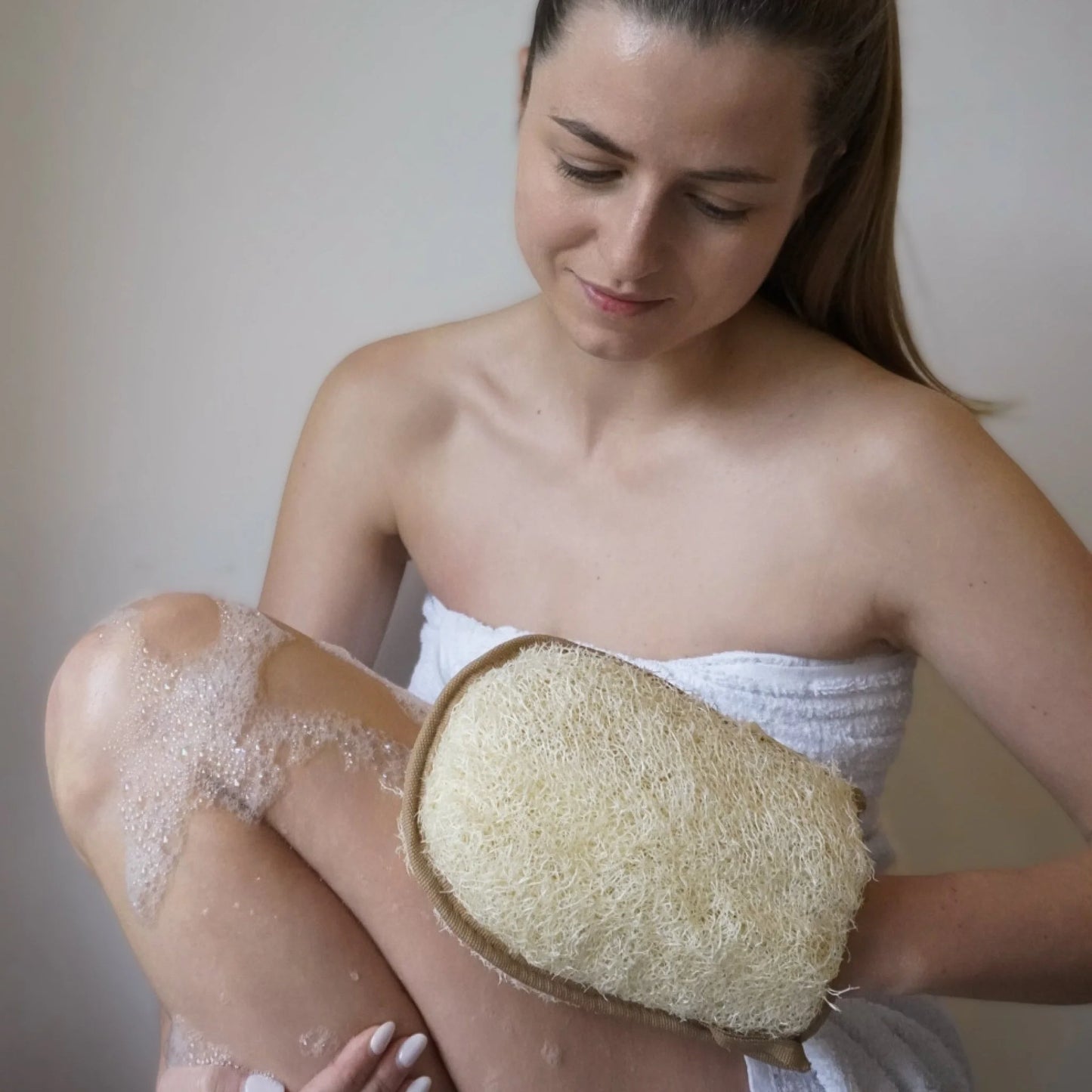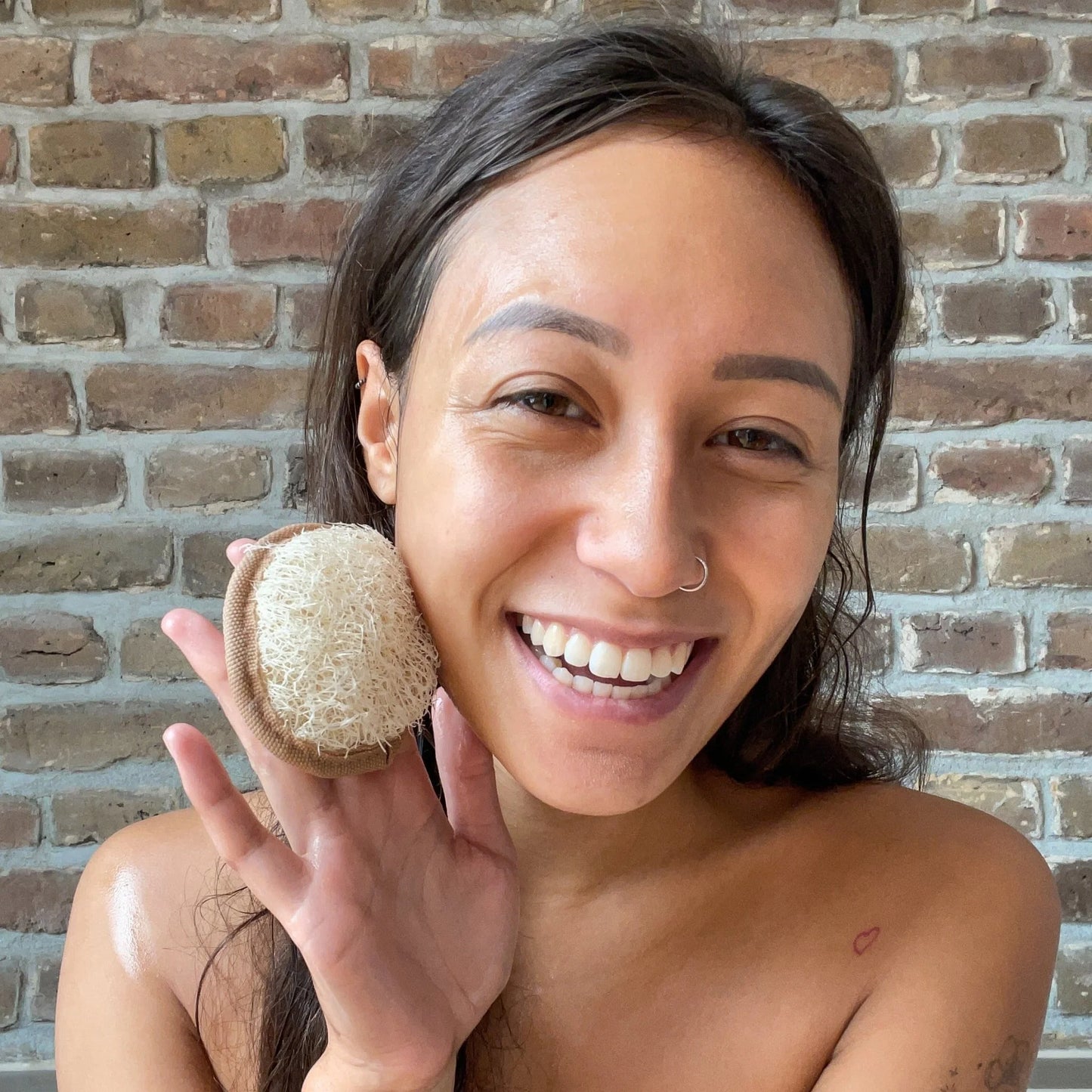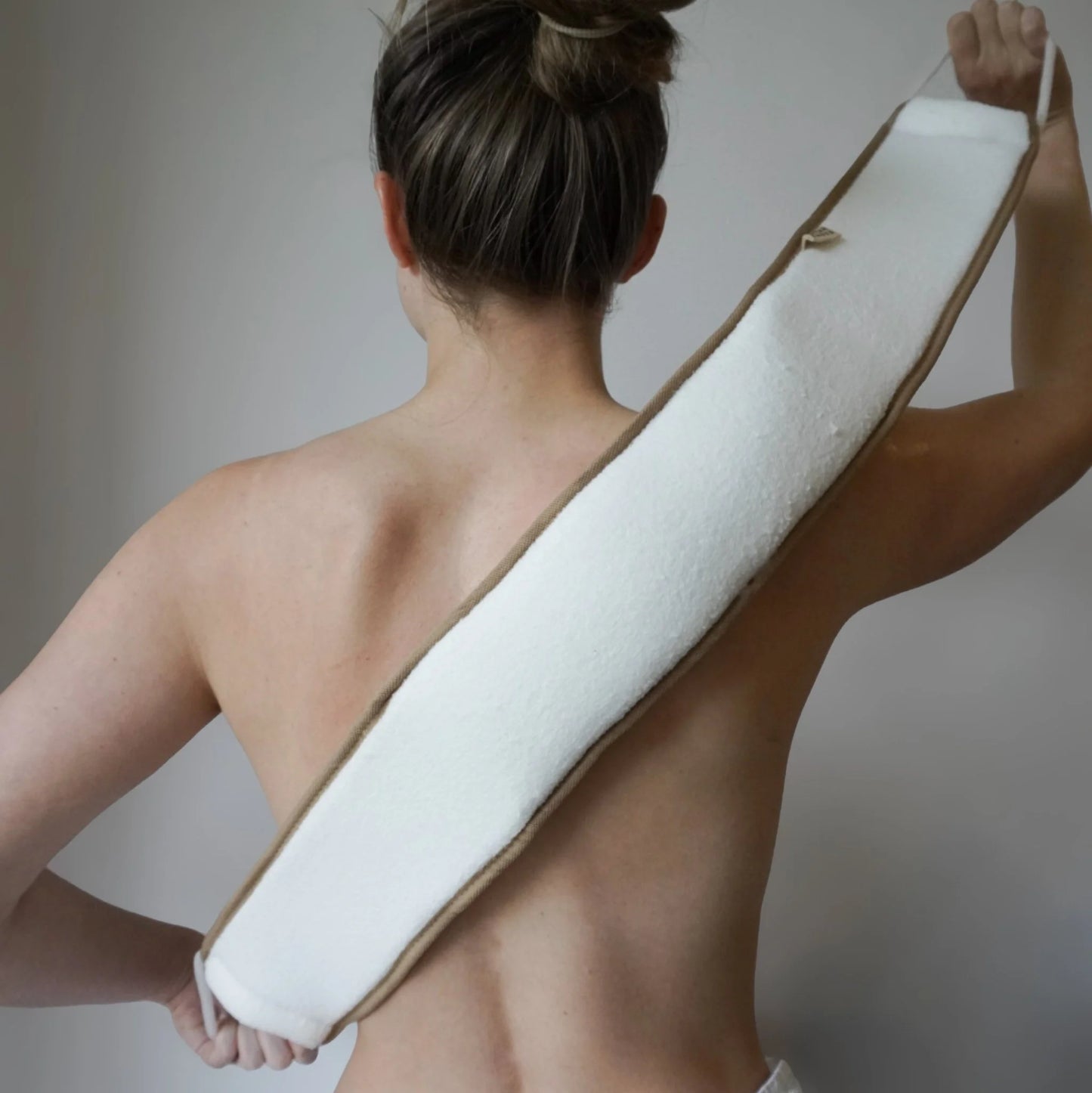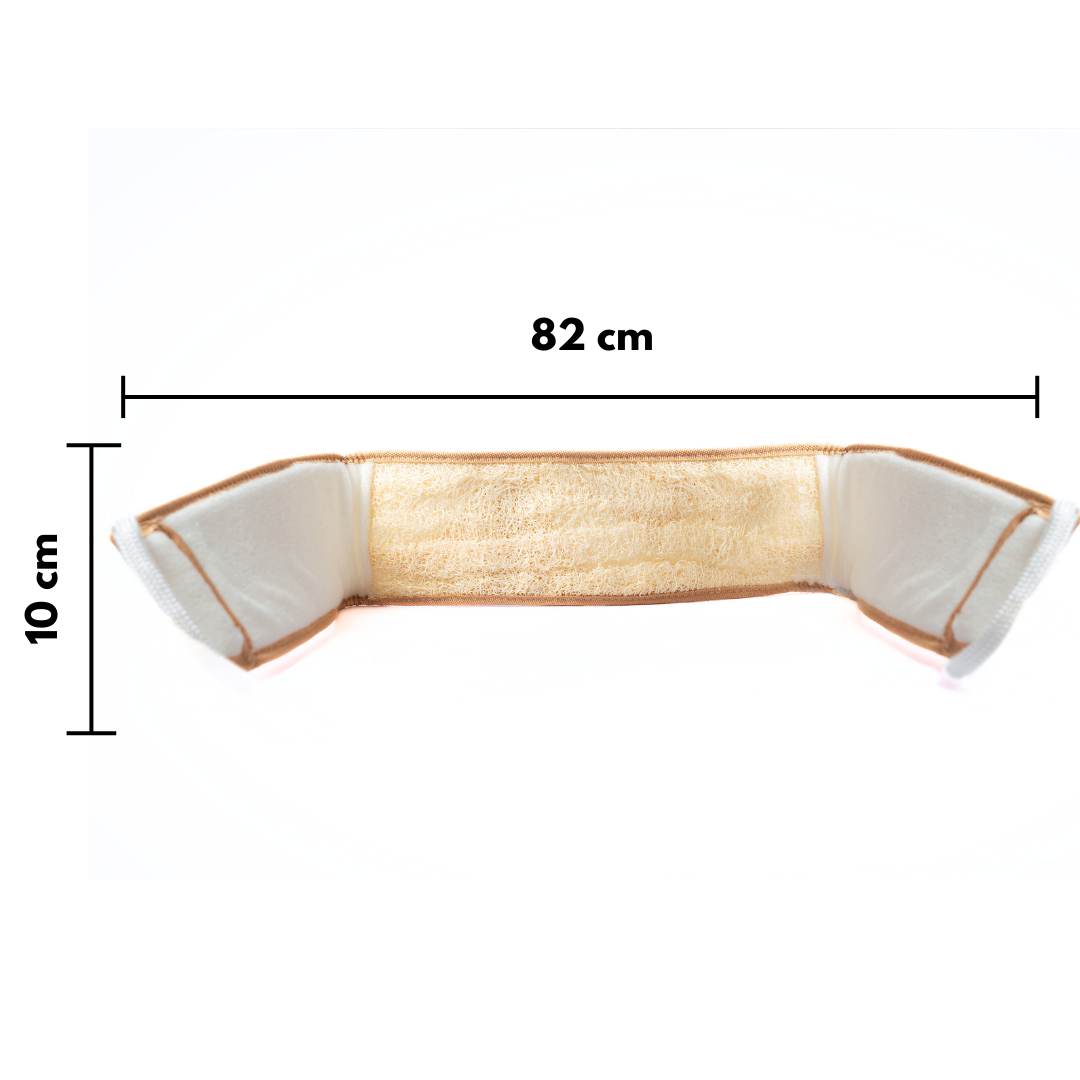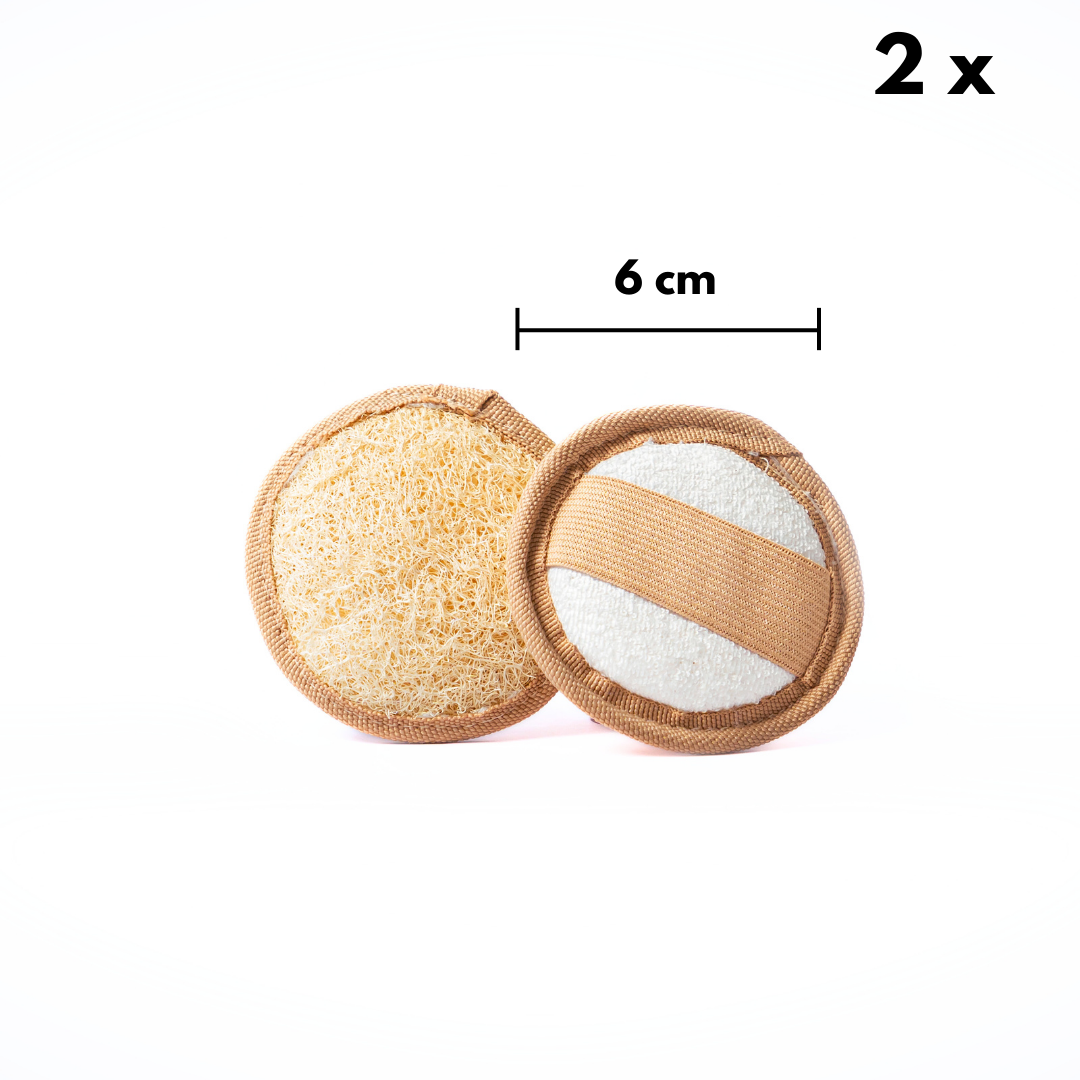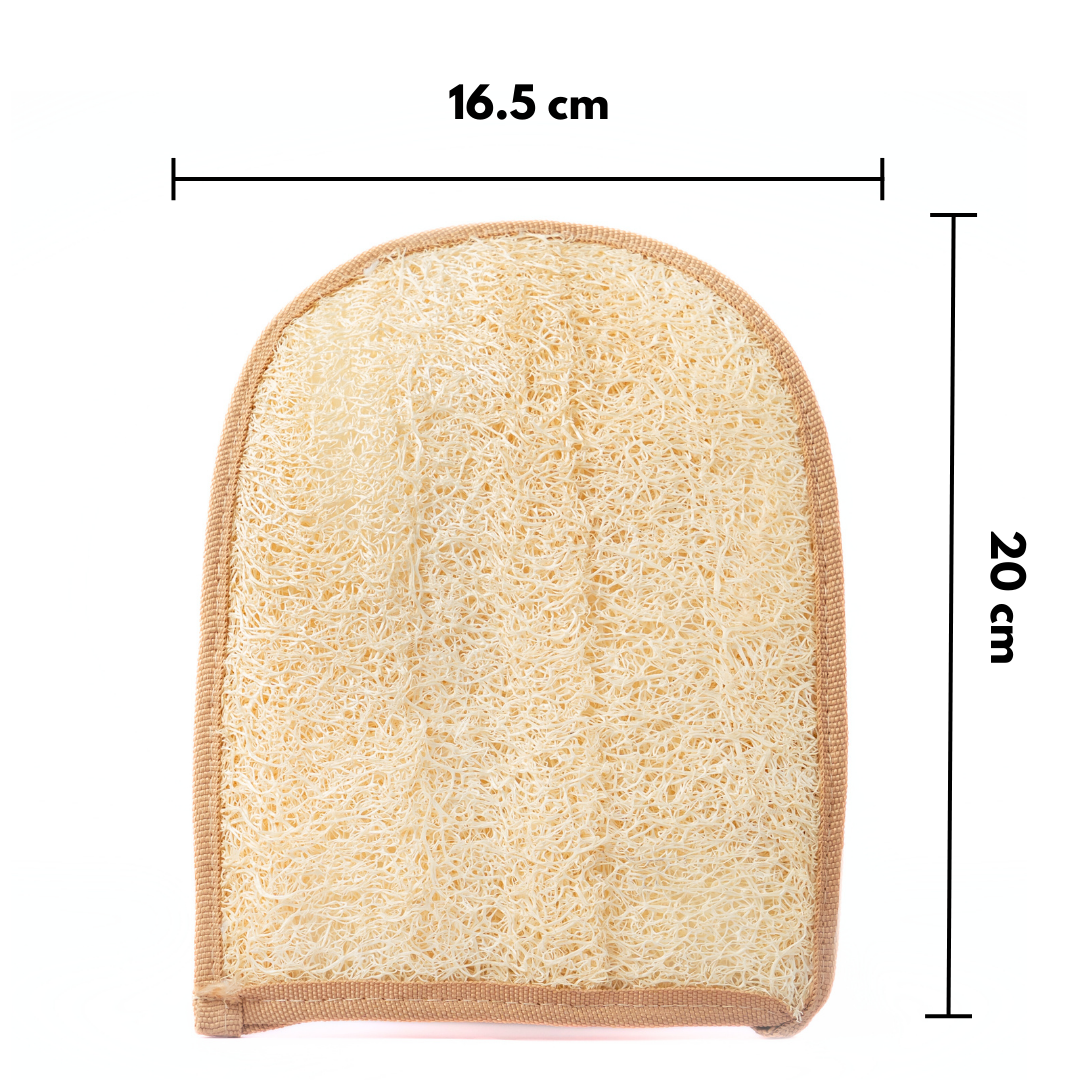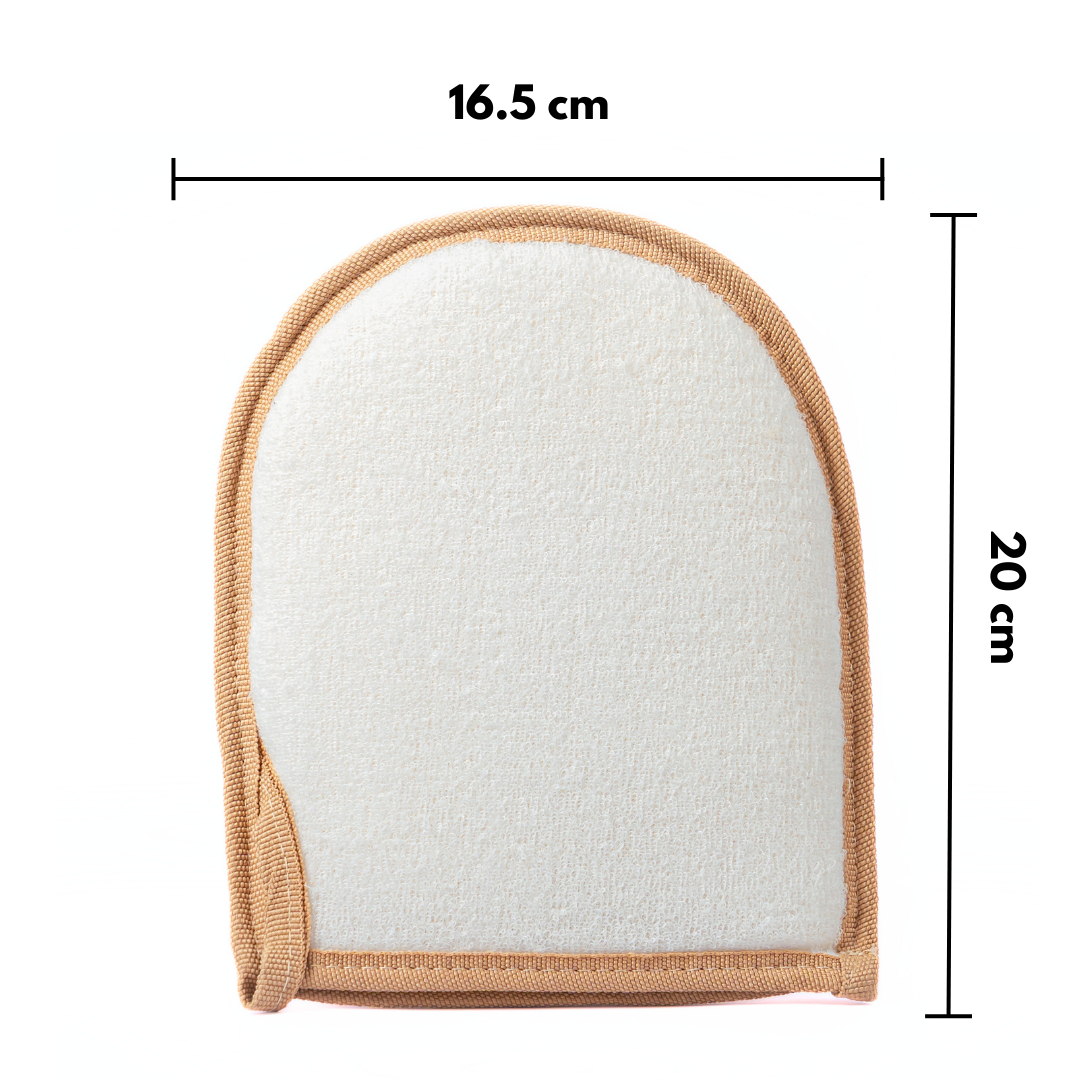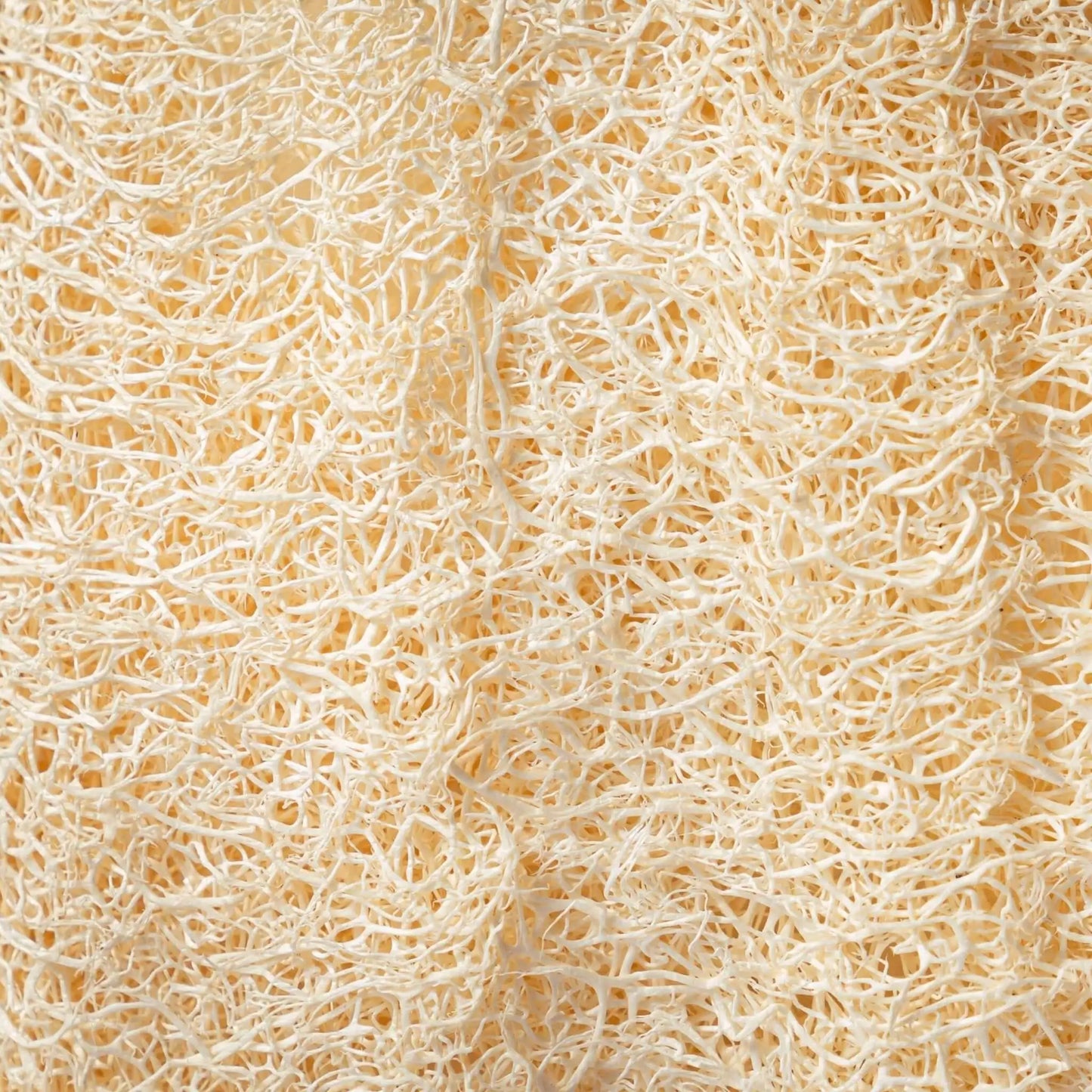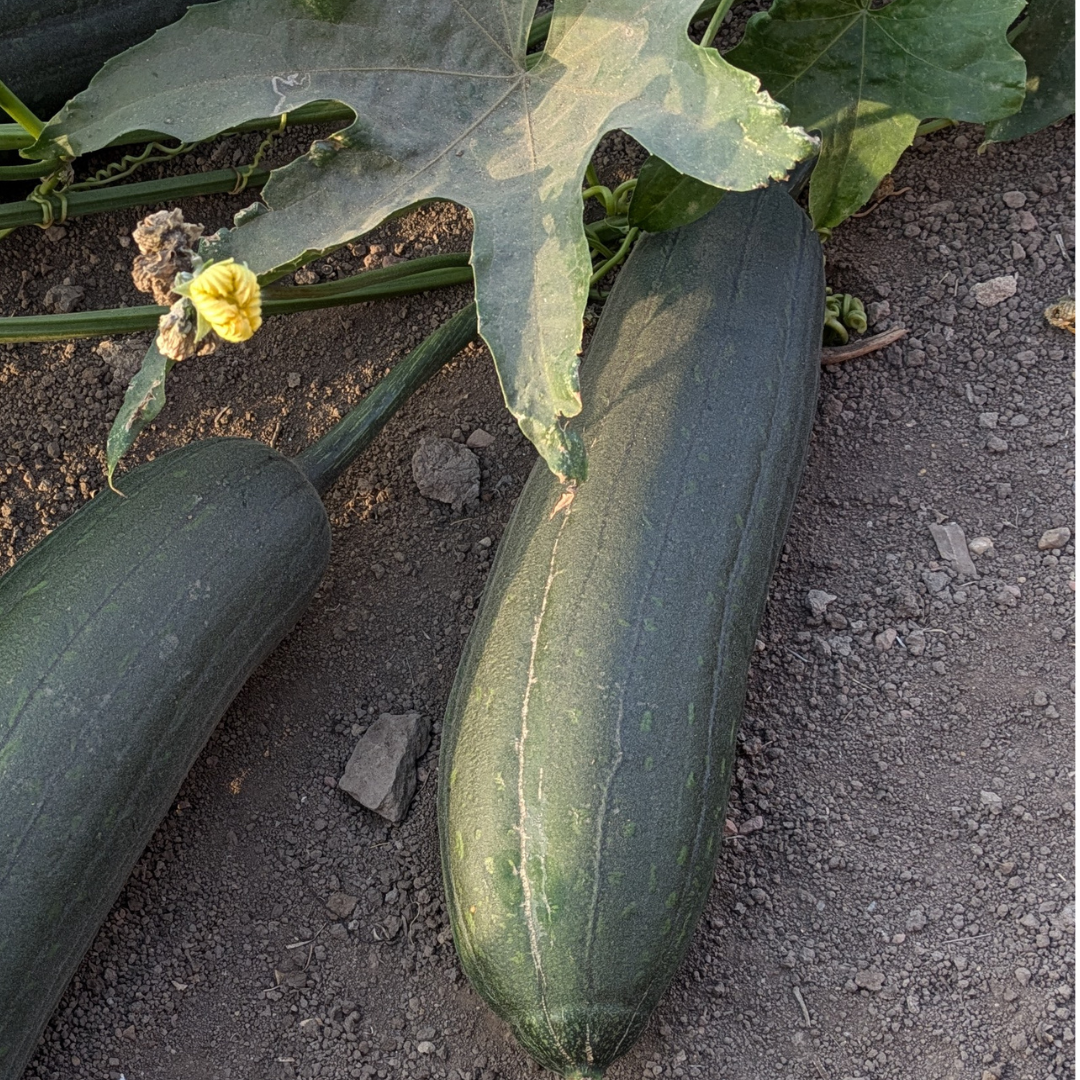
The History of Loofah: From Plant to Sustainable Everyday Companion
Share
Loofah is more than just a natural sponge – it has a fascinating history spanning cultures, continents, and centuries. Originally native to tropical and subtropical regions, the loofah plant (Luffa aegyptiaca) has evolved remarkably over time, transitioning from a cultivated crop to an essential part of skincare and sustainability movements.
The Origins of the Loofah Plant
Loofah belongs to the gourd family (Cucurbitaceae) and has been known for thousands of years. Its origins are believed to trace back to South and Southeast Asia, where it was used as both a food source and a sponge. Historical records indicate its widespread use in ancient Egypt, earning it the nickname "Egyptian sponge." Even in antiquity, people used its dried fibers for cleaning purposes.
From Asia to Europe and Beyond
The popularity of the loofah plant spread over the centuries through trade routes and exploration. By the 19th century, it was commercially cultivated in Europe and the United States. During the Industrial Revolution, loofah found applications in diverse areas, such as filtration materials, cushioning, and even mattress filling.
The Modern Rediscovery
In recent decades, the loofah plant has experienced a renaissance, driven by the growing demand for natural and sustainable products. Loofah sponges are now celebrated in skincare for their gentle exfoliating properties, while the plant itself symbolizes eco-friendly practices. Unlike synthetic sponges, loofahs are biodegradable and plastic-free, making them a popular choice in the zero-waste community.
Cultural Variations in Loofah Use
The uses of loofah vary across the globe:
- Asia: Loofah is often used in cooking, especially in soups and curries, before maturing into a sponge.
- Africa and the Middle East: Loofah is valued for cleaning purposes and as a sustainable household item.
- Europe and America: Loofah sponges are a must-have for spa and wellness rituals.
Loofah Today: A Symbol of Sustainability
The loofah plant is increasingly recognized as an eco-friendly alternative to plastic products. Its versatility makes it a favorite in the ecological movement, whether in skincare, household use, or even gardening, where it serves as a natural filtration material.
Conclusion
The history of loofah is a tale of innovation, cultural diversity, and sustainable thinking. From its humble beginnings as a gourd plant in Asia to its modern role as an eco-friendly everyday companion, loofah demonstrates how traditional products can thrive in a modern world.
Bonus Tip: Explore our blog to discover more about the benefits and uses of loofah products and uncover the versatility of this incredible natural resource.
About LoofahCrafts
LoofahCrafts offers natural loofah products that perfectly align with a sustainable lifestyle. From shower sponges to exfoliating pads and household sponges, all products are made from high-quality loofah fibers. If you’re looking for high-quality loofahs that are gentle on your skin and eco-friendly, LoofahCrafts is your go-to choice!

